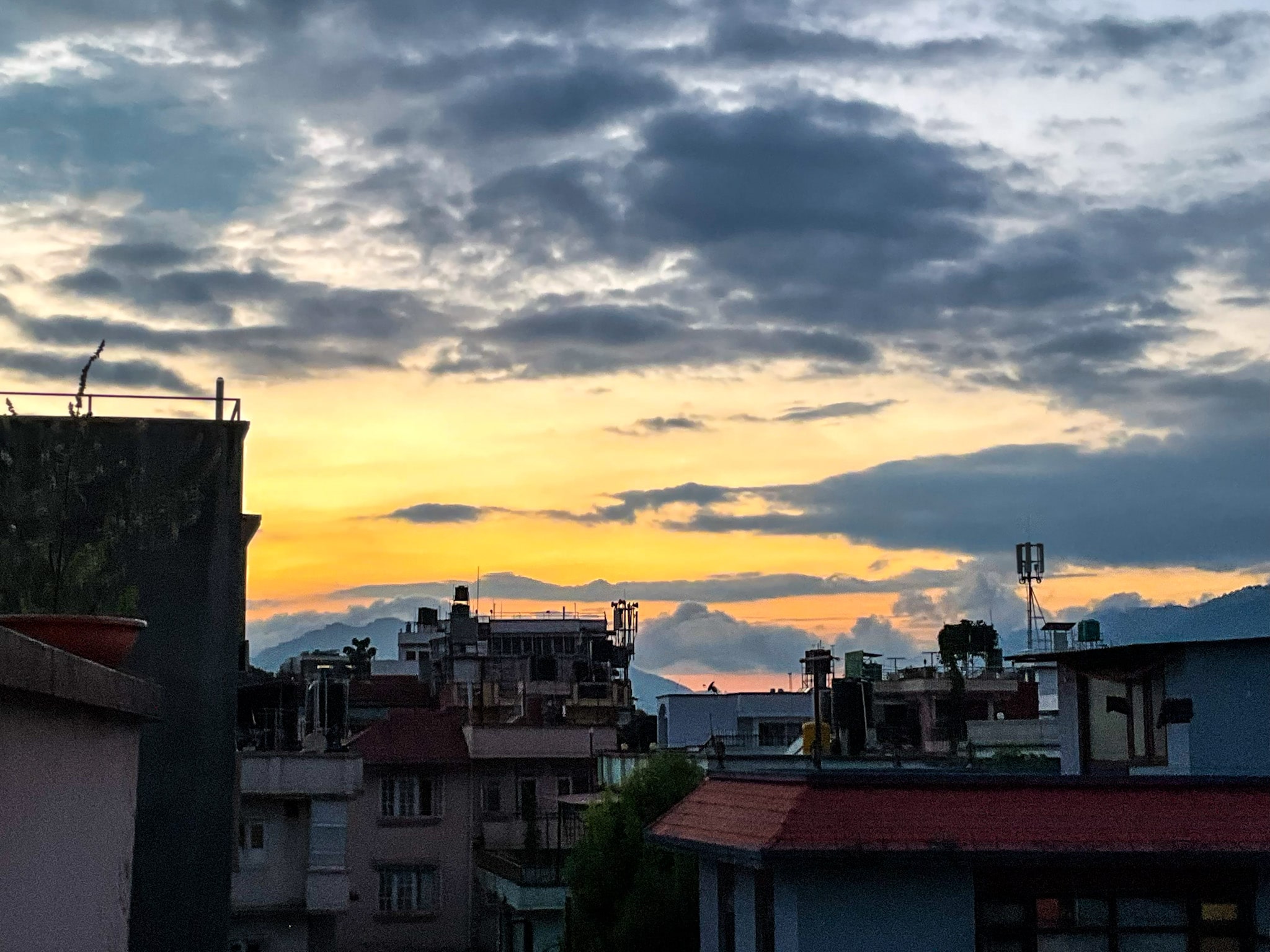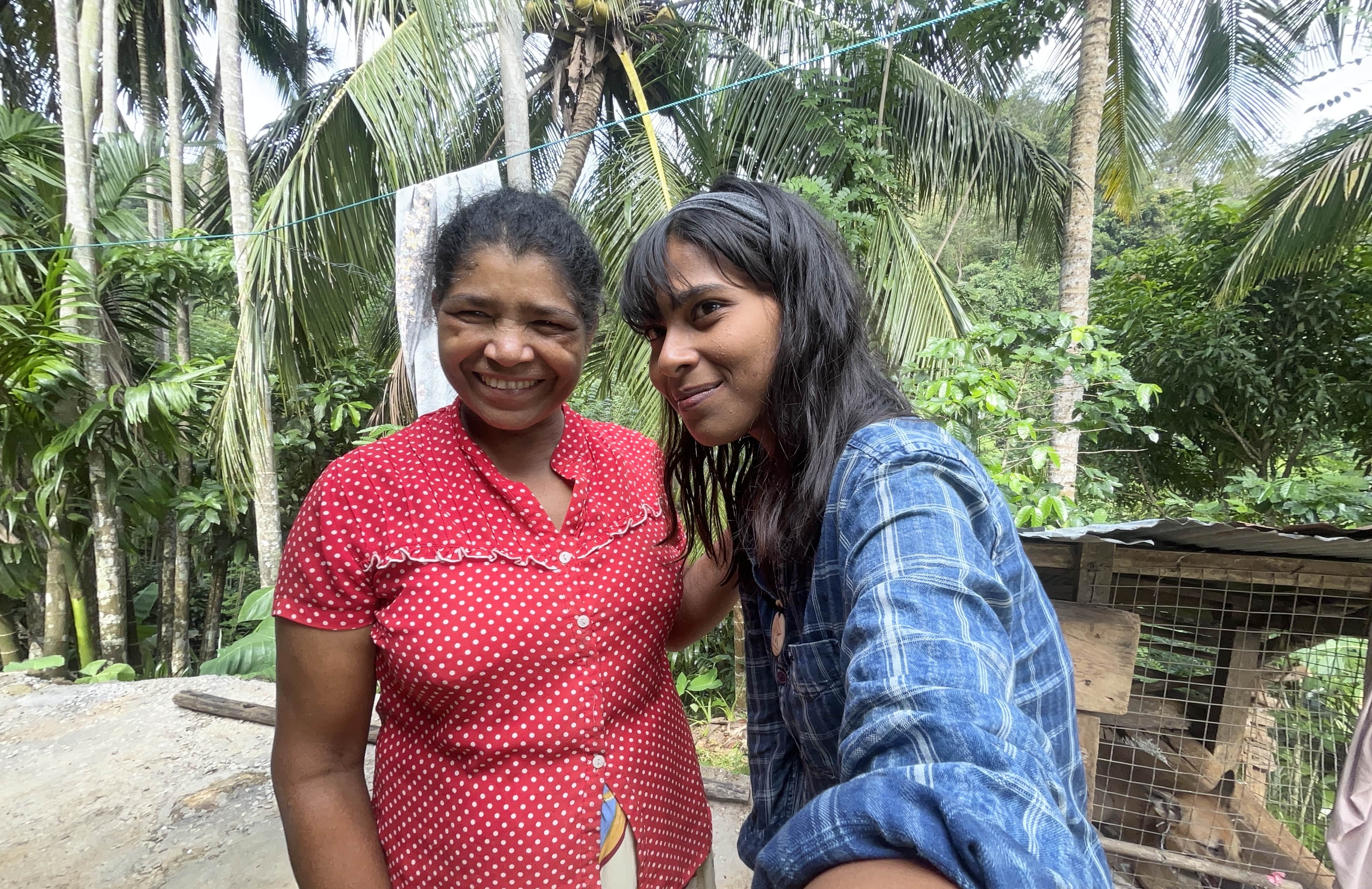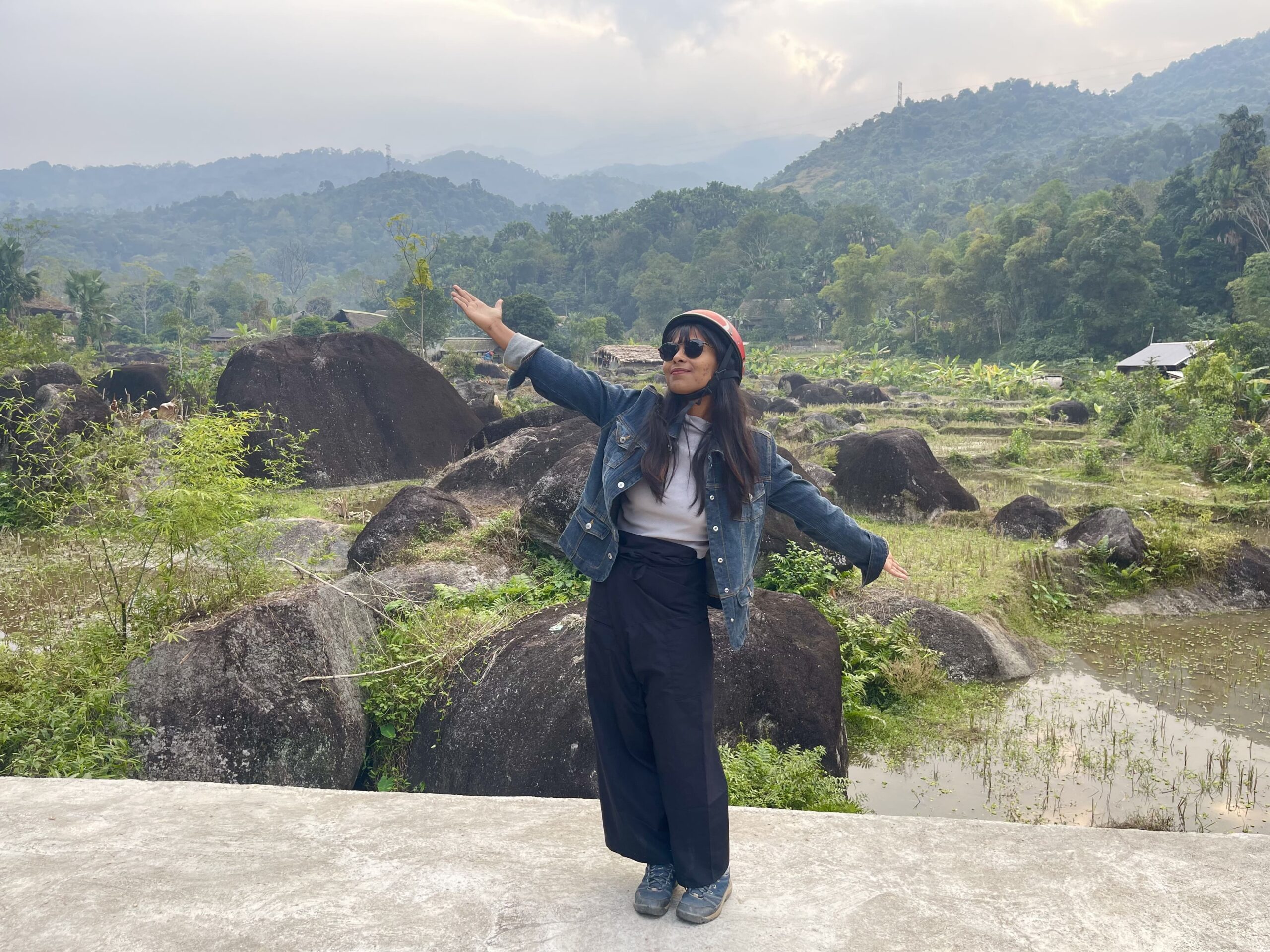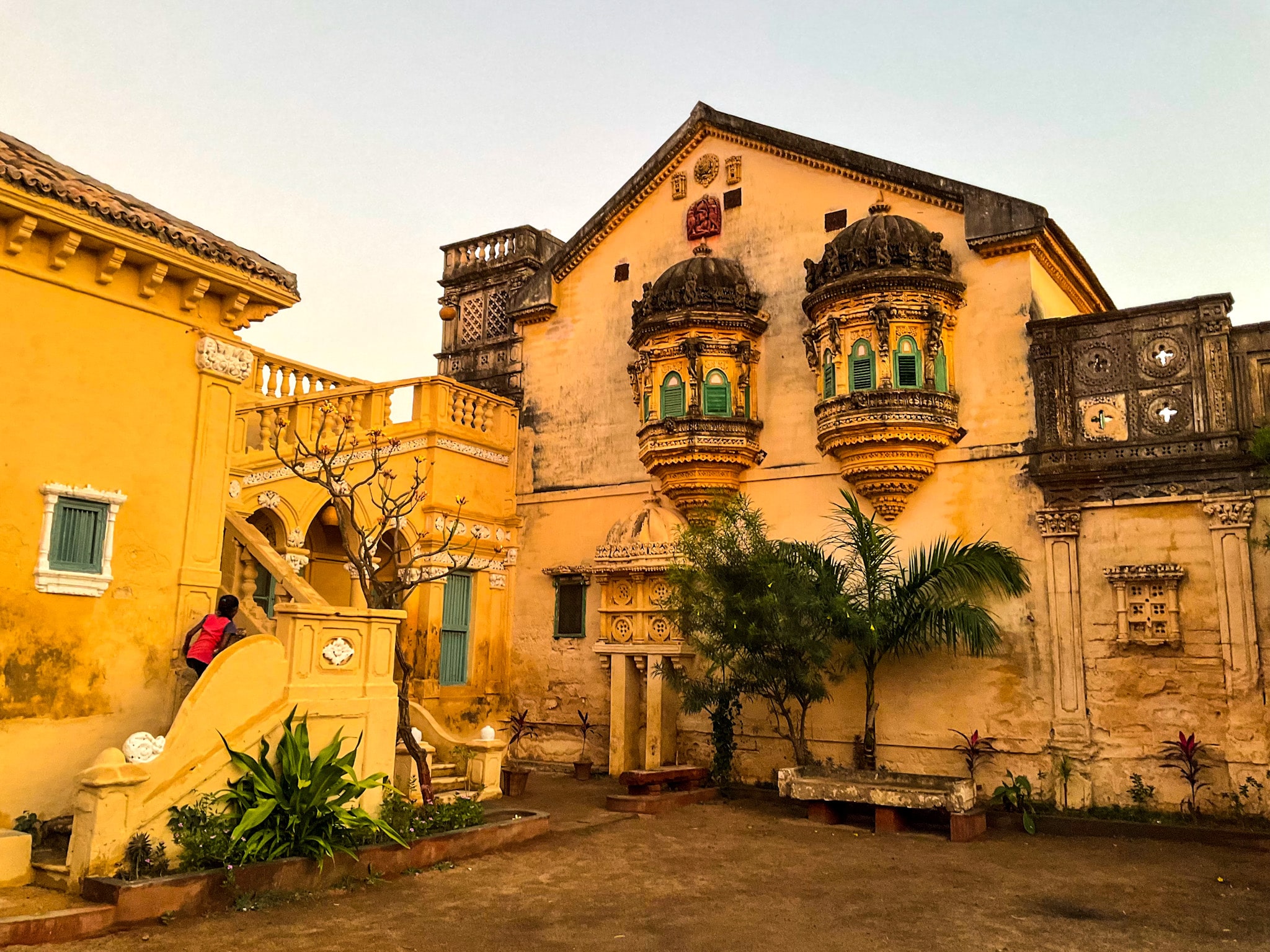Here we go. Some practical things to know before visiting Nepal for the first time. After spending five months in this country, I have some travel tips for your next Himalayan adventure.
Nepal is a country of small dimensions. It’s a mildly-bent rectangular stretch of land in South Asia, 800 km long and 200 km wide. As an adventure destination, it has a marked place, for eight of the ten tallest mountains in the world are standing on its feet. Yet the topography of this Himalayan country is land-locked and three-tiered. The Southern lowlands with some hill regions and further are known as Terai, the plains. Then the arena that rows over to the middle is the mountainous area without snow, commonly called pahad. Then comes the Himalayas, the beautiful and the ruthless. The tiers together constitute Himal-Pahad-Terai.

Nepal is one of the easiest countries to travel to, in terms of visa, permit, Wi-Fi, and…. pretty much everything else! It is doubly convenient for Indians who need no visa to enter the neighboring country.
What to Know Before Visiting Nepal
Without further ado let’s talk about all the practical things one should know before travelling to Nepal for the first time.
1. Not A Lot of Options in Vegetarian Food

Nepalese people love Buffaloes, and vegetarian food is not very common. As a vegetarian, I had to travel back and forth between restaurants in a row, sometimes, to find a vegetarian menu! Otherwise, it’s mostly Buff Momo, Buff Chowmein, Buff Thali… A wide variety of buffalo items makes up for the Newari Cuisine of Kathmandu, the Thakali Cuisine of Mustang, and the sub-cuisines of the Himalayas. You will find Veg Newari Set or Veg (or Egg) Chatamari…. But the options in vegetarian food are few if not completely scarce.
2. Newaris Love Alcohol!
Alcohol is regular, in the sense… Alcohol plays a lively role in the Newari culture. Alcohol is sold at every shop, irrespective of whether it’s a grocery store, or a tiny kiosk. And of course, the heavyweight nature of the daily professions of the pahadi (mountain) people often mingles with alcoholism. But in the mountains, it’s not as flamboyant as it is in Kathmandu, Pokhara, or Chitwan. And that was precisely my first observation within the first hour in Kathmandu – “Too many alcohol shops!” Old Durbar is a local Nepali whiskey.
Historically, the antiquated tales tell the stories of how the Hindu dynasties built monasteries and how the Buddhist Lamas worked side by side in Hindu temples.
3. Nepal is Not Expensive for Travellers

It can be cheap for Europeans but mildly expensive for Indians – something you must know before visiting Nepal. It is a country that’s still recovering from a recent Civil War and a massive earthquake in 2015. The economy is still struggling with the anomalies. Having the next-to-none number of self-help industries (only 6% of the total energy is used in industries), they import almost everything from India and China. Primarily India, for the India border is absolutely open and flexible. One kg of apples costs INR 80-100 in India. The same apples exported to Nepal cost NPR 400 (INR 250 to 280). And that goes for every other thing. But to the Europeans, it is so cheap that it’s almost unbelievable! Americano for one dollar, one kg of fruit for two dollars, and hostels for four-five dollars per night… Making Nepal one of the cheapest countries in the world to travel to.
4. It’s Easy to Get Around
Should you go by public bus? Once I was asked to sit on a bucket in a local long-distance bus. While the public bus journeys for 6-7 hours are experiences in themselves, let me caution you already. Public buses are nowhere near comfortable. For an additional 2-3 dollars, at NPR 800-1000, it would be more convenient and comfortable to opt for a tourist bus for getting around.
5. Roads are about to Get Adventurous
And that brings me to the gravest of all problems, the road conditions. Nepal is notorious for leveraging one of the worst road conditions. On left-and-right bends, unpaved and narrow roads, huge Double-Dekker buses slide on, and with every jerk, I risked mini heart attacks! In the more interiors, buses run in what in reality are trails.
Also read – An Extensive Guide to Best Places to Visit in Nepal
6. Avoid the Monsoons, Unless You Want to…

And that makes it pretty clear that monsoon is an absolute no-no for visiting this Himalayan country. Some roads in the upper Himalayan region become so dangerous that even the locals leave their lives to fate. Tourism here is primarily driven by the trekking trails to Annapurna Base Camp, Everest Base Camp, Langtang, Mustang, and other short-distance hiking destinations. During the monsoon months of June-July-August, the trekking season comes to a dead end.
7. You Must Trek in this Himalayan Country
When should you trek in Nepal? Except for the months of June, July, August, and September, trekkers hike through the tracks all year long, depending on their preference for the season. Are you a winter-trek-enthusiast or a summer trekker? Pick your pick!
8. Wi-Fi is Everywhere!
Nepal has always been a touristic country. The tourists contribute to a million livelihoods and a huge chunk of 7.9% of the country‘s GDP. The Gurung and Gorkha villages en route to the famous treks and of course the throbbing cities of Kathmandu and Pokhara receive hundreds of world-tourists every day. As per the 2018 records, more than one million tourists travelled to Nepal that year only, that too not counting the Indians who crossed the border by land.
Part of the reason why Wi-Fi is practically everywhere! Even at the highway motels, where you might have the least possibility, chances are you will find Wi-Fi. And of course, Kathmandu and Pokhara are some of the best places to work from, digitally. Every café, every restaurant, and every bookstore has an Internet connection, making visiting Nepal very convenient for digital nomads to work from here.
Also read – A Vegetarian’s Guide to Newari Food in Kathmandu
9. They Have A Peaceful Religious Relationship

It is one of the scarcely-few countries where both Buddhism and Hinduism coexist peacefully. Historically, the antiquated tales tell the stories of how the Hindu dynasties built monasteries and how the Buddhist Lamas worked side by side in Hindu temples. The long-tailed tradition of harmony still prevails even though only 9% of the total population of Nepal is Buddhist. With a small percentage of Islams, Christians, and tribal population adhering to their boxed religions, Nepali Hindus are plump in numbers, 81.3%. Temples and Gompas are equally revered by people of both religions. The festivals, architecture, and rituals are dipped in deep religion.
10. Is it Safe for Solo Female Travellers?

What else to know before travelling to Nepal? Oh, as a solo female traveler, it has always been safe for me, all over the country, in the age-old Buddhist town of Patan, or in the Himalayan region. The question of safety is always subjective. All I can assure you of is the consolidated atmosphere of a region or a country. Since Nepal is more than used to the pool of tourists from all over the world, it has always been polite and assuring to outsiders. But there are a few instances of groping in Thamel, the night hub of Kathmandu (as I have read in other blogs). Barring that, it is an extremely easy and safe country to navigate through for solo female backpackers. To get a diverse perspective on the safety of solo female travellers in Nepal, you can read this article on Full Time Explorer.
11. Nepal is More Than Just Kathmandu And Pokhara
Travel beyond Chitwan, Kathmandu, and Pokhara. These cities of course will swim to the surface, and they are worthy of the delegated recognition. I myself have spent months in Kathmandu valley to whiff their history, festivals, and culture, but the Nepal which is unexplored and molded in disguised traditions is what a responsible traveler can look for. I say ‘responsible’ because those unearthed terrains and the genesis of preserved ancient Tibetan knowledge are to be earthed responsibly. Mustang, Langtang, and further up in the Himalayas, life has a new dimension.
12. Volunteering Can Give You Better Insight

Volunteering can give you a better insight. In the first two weeks, I taught in a government school in Patalhara, a Tharu Settlement in the Terai region. There I attended a memorial, conversed with a clustered Tharu community, and lived with the family of the principal of the school. Eventually, I moved to a different household in Kathmandu, for a different project, and got buried in the congested ideas of trying to understand a completely different yet underlying truth of Kathmandu: street children and the reality of it. The five months would have remained as ‘amazing hospitality’ ‘stunning architecture’ if it wasn’t for volunteering and the connections that formed, brick by brick. Travelling to this magnificent country would be more insightful with volunteering opportunities that can be found on Workaway. Also, if you want to volunteer at a monastery, you can connect with Kopan Monastery.
13. Visa-Free for Indians

And the reason I could spend five months in Nepal hassle-free is because, it is visa-free for Indians, something every Indian should know before prepping up to visit this country. Yes, the border is as open as it gets, with unquestioned entries and exits. And that gives us, the Indians, the time and luxury to comprehend it beyond a fixed itinerary. Read all about visas, currency, and how to cross the India-Nepal border.
14. Buy Thangka Paintings as Souvenirs
Buy Thangka Paintings as souvenirs. The walls of Thangka shops and Thangka art schools possess the scrupulous hard work of Tibetan and Nepali artists. In my first week in Kathmandu, I got introduced to Thangka paintings on the streets of Thamel. Thangka, meaning a scroll, is a Tibetan Buddhist art, following the old traditions of Buddhist philosophy. It used to be painted in the memory of a late person on a canvas diluted in yak skin fat. The stories of Thangka are inspirations to live a positive life and indulge in good Karma. Thangka shops are everywhere in Kathmandu and Pokhara, and you can support local artists with every purchase!
15. Know Your Airport
Flying to Nepal means flying to Tribhuvan International Airport in Kathmandu. With a total number of 43 airports all over, air-connectivity within the country makes visiting the towns convenient. In my personal opinion, one can choose to travel within the country by road, for the roads are truly the getaways to understand this country. There are no rail services here.
16. Know Your Cab Services
If you are looking for cab services, Pathao and InDriver are the apps to download on your phone as soon as you land in this country. Petrol prices are quite high on the radar (petrol being imported from India), which explains how expensive cabs are compared to India. For 2-3 km, it costs around NPR 200-300 ($2-3).
17. Learn A Few Local Words

It’s extremely useful and handy to learn a few easygoing words in the local language, which you will have to use quite often! Apart from the standard greeting Namaste, the initial phrases I learnt were ’How are you?’ ’How much is it?’ ’My name is Ipsita’ ’Where do you live?’
The walls of Thangka shops and Thangka art schools possess the scrupulous hard work of Tibetan and Nepali artists.
18. Interested in Pottery Classes?
One of the best ways to spend time in Nepal would be to take one-day pottery classes at Pottery Square on the premises of Kathmandu Durbar Square. One class costs only NPR 700, and the classes are offered by local potters and artisans. You can also buy pottery from there.
19. Kathmandu is As Polluted As It Gets
Before visiting Nepal, learn about the environmental collisions there. “For the last one week, the air quality of Kathmandu has deteriorated and the Himalayan nation’s capital has remained in the list of the top ten most polluted cities in the world, as per the report by IQAir, a Swiss air quality tech company.” (Source: ANI: Pollution Makes Life Hazardous in Kathmandu). With no organized garbage management system, the omnipresent tourism, and the pressure of a Capital City, Kathmandu currently is not in an environmentally-viable spot. If anything, the health of Kathmandu is deteriorating. PM2.5 concentration in Kathmandu is currently 9.4 times the WHO annual air quality guideline value.
20. My Personal Recommendation in Kathmandu

Tibet Book Store in Thamel has a binding collection of Himalayan Regional Art & Culture, specializing in Tibetan and Nepalese Buddhism. And fiction, postcards, maps, and more! They are open everyday from 11 am to 6 pm, and it is certainly my favourite place in Thamel!
This Himalayan country truly has a lot of routes, which at a glance would seem to be quite one-dimensional. But look further, and take your time. While Kathmandu would ungrave history, chaos, culture, garbage, and religion, the Upper Himalayan regions would be a peephole to eternal beauty, mystery, and hidden customs.
If you are planning to visit Nepal soon, I hope you take note of these travel tips before sneaking into this enigmatic country.
Is there anything else you would like to know before visiting Nepal?
Support my solo adventures across the globe by joining the Patreon community!
Live the Adventure
Get weekly articles delivered to your doorstep and stay up-to-date with my new travel stories.





Leave a Reply